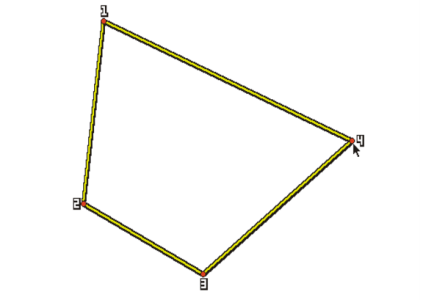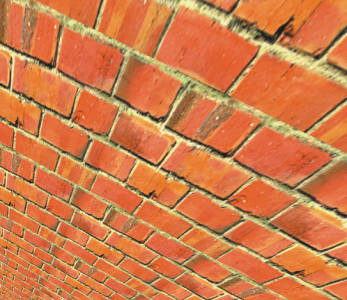Filling an area with a sampled image
You can apply a transformed sample by filling, instead of using a brush. Filling allows you to cover a large area evenly, without much effort. Filling is supported only when you use perspective or bilinear sampling, with or without tiling.
To apply a transformed sample as a fill, you need to set both sample source and destination reference points, as you would when applying a sample with a brush. For information, see Multi-point cloning.
If you want to save the sample source reference area as a pattern for future use, you can capture the pattern. For more information, see Creating and editing patterns.
To fill with a transformed source image

1
In the Brush Selector, choose the
Painter 2015 brushes library from the
Brush library list box.
2
Click the
Cloners brush category, and click a brush variant that allows you to select four sample source and four destination points:
3
In the
Clone Color panel (
Window  Brush Controls Panels
Brush Controls Panels  Brush Media
Brush Media  Clone Color
Clone Color), enable the
Clone Color check box.
4
Do one of the following:
•
If you chose the
XPerspective 4P or
XPerspective Tiling 4P variant, choose
Perspective from the
Clone Type list box.
•
If you chose the
XBilinear 4P variant, choose
Bilinear from the
Clone Type list box.
5
Hold down
Option (macOS) or
Alt (Windows), and click to set the four sample source reference points.
6
Hold down
Option +
Shift (macOS) or
Alt +
Shift (Windows), and click to set the four destination reference points.
7
Click the
Paint Bucket tool

in the toolbox.
8
Choose
Source Image from the
Fill list box on the property bar.
9
Click in the destination area to apply the fill.
You can disable offset sampling by clicking the
Clone Color button

in the
Color panel or by choosing a non-Cloner brush variant in the Brush Selector.
The destination points determine where the transformation occurs.
You can use transformed clone information to make a brick pattern become a steep wall.

